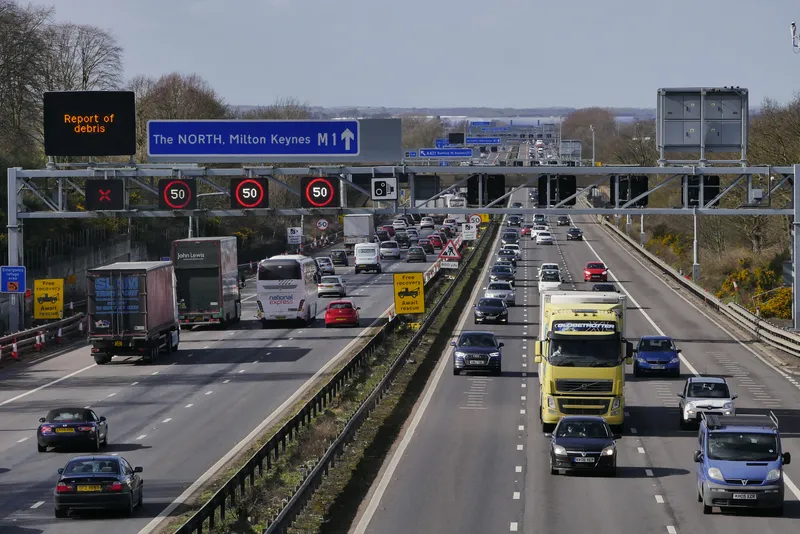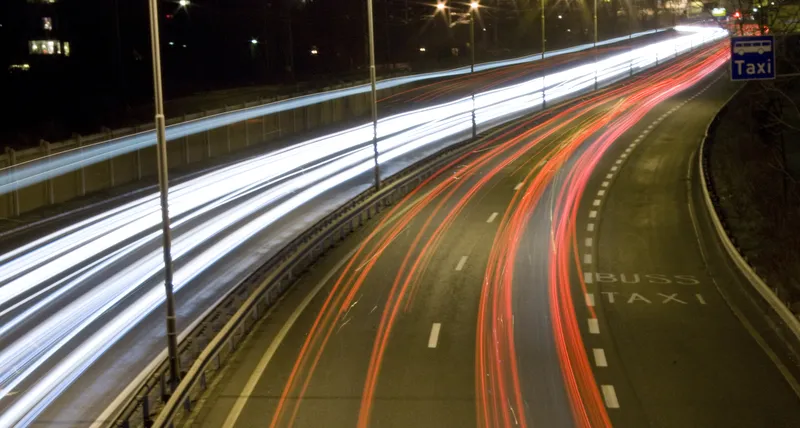Michigan Department of Transportation (MDOT) is partnering with 3M to utilise connected vehicle technologies along more than three miles of I-75. Using solutions from 3M, the current I-75 work zone in Oakland County will be transformed over the course of four months to improve safety for drivers and to test advanced vehicle to infrastructure technologies on the connected and autonomous vehicles of the future.
3M will be providing MDOT with all-weather lane markings, retro-reflective signs with smart sign technology and dedicated short-range communication (DSRC) devices for vehicle to infrastructure communications. The updated materials will allow for redundancy and greater machine vision, as well as improved driver safety on the roads. Additionally, 3M will provide work crews ANSI-compliant clothing with 3M Scotchlite reflective material, to ensure proper worker safety throughout the project.
The I-75 modernisation project aims to position Michigan to be among the first states to test connected vehicle infrastructure on this scale. As vehicles become increasingly automated and connected, existing road infrastructure must be updated to ensure safety and reliability of this emerging technology. Signs, pavement markings, temporary traffic controls and vehicle identification systems need to be designed and implemented to pave the way for the data-driven environment of the cars and roads of tomorrow.
MDOT will resume construction on the I-75 modernisation project in May. In addition to rebuilding the interstate, MDOT will realign interchanges and upgrade geometrics to improve safety and travel time reliability. Installation of permanent RSUs is included to further support connected and automated vehicles. Overall, the I-75 Modernisation project will rebuild more than 17 miles of interstate that will support advanced technology and vehicles of the future.
3M and Michigan DOT partner on connected work zone
Michigan DoT is partnering with 3M to utilise connected vehicle technologies
May 23, 2017
Read time: 2 mins









